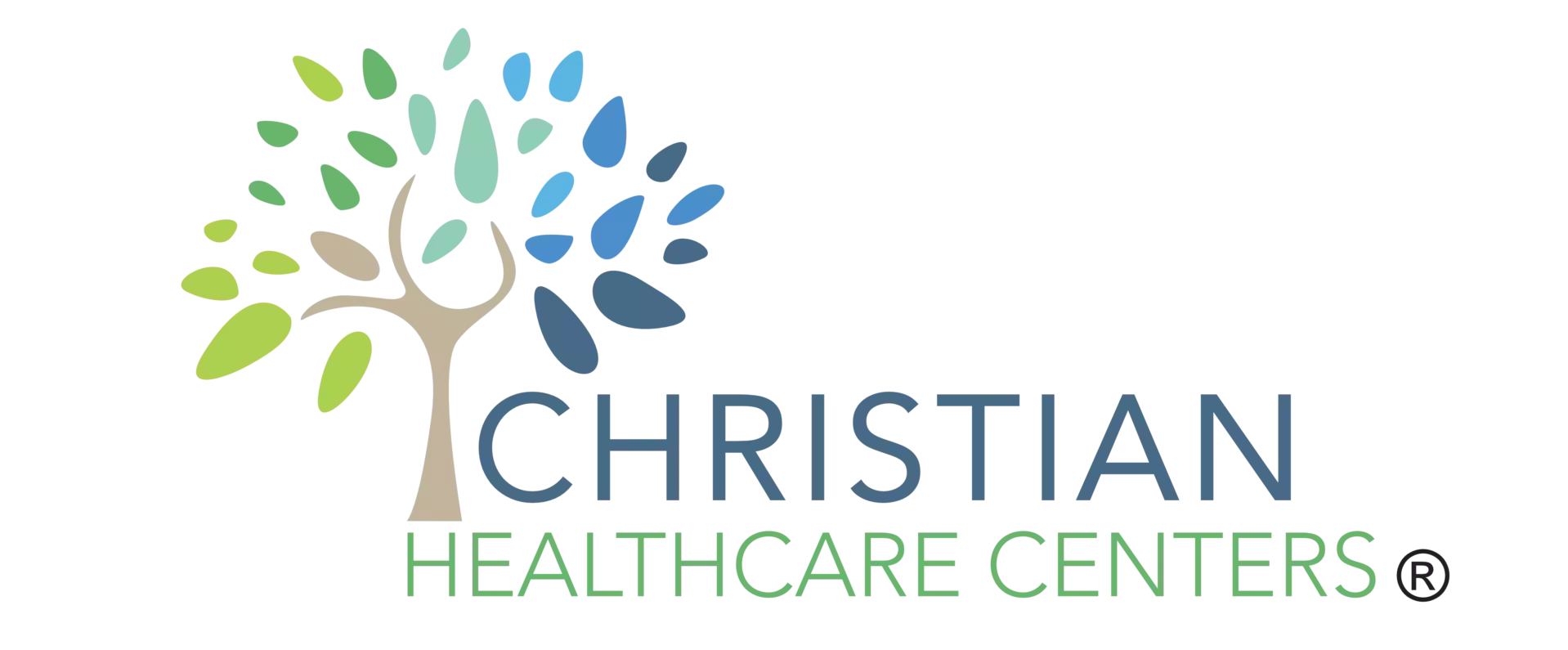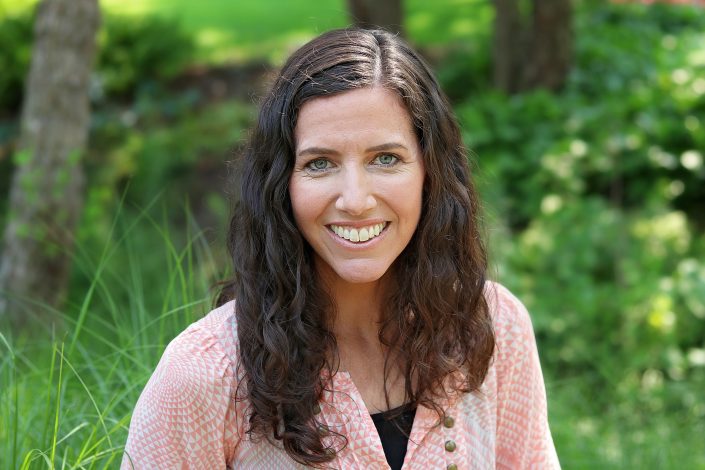Guest Post Author: JENNIFER LANE
While nearly everyone experiences some level of body dissatisfaction, our media saturated culture has caused consumers to develop complicated relationships with food, exercise and their appearance creating a rampant epidemic. More than 30 million Americans, men and women alike, will struggle with a clinically diagnosed eating disorder in their lifetime while millions more will battle food and body image issues that have untold negative impacts on their lives. This is not simply a teenage issue. Onset can occur at any age affecting both young and old. While body image often plays a role in the development of an eating disorder, deeper mental and emotional issues are often the driving force behind the behaviors. Eating disorders are serious, complex medical and mental health issues that need professional treatment to address the physical, emotional, mental and spiritual components. Educate yourself on the different types of eating disorders and warning signs and symptoms because early intervention aids in the recovery process. Seek out professional help.
No one ever sets out to have an eating disorder. It often starts out with a goal to lose some weight before an upcoming wedding or reunion, to eat healthier and get in shape. Before you know it, you’ve lost way more than your goal but are still forcing yourself to adhere to a strict diet and exercise regime for fear of gaining weight. Sometimes the pressure to be perfect stretches beyond your performance to your outward appearance causing you to resort to extremes to meet your definition of perfect. Sometimes a difficult season in your life where the emotional pain of grief, loneliness, or rejection causes you to turn to food to numb your emotional pain. The more you hurt, the more you eat and the more shame and guilt you feel—only making you want to eat more or resort to purging your intake as quickly as possible. Maybe a destructive relationship has brought woundings so deep that you use the additional weight you carry as a sort of shield to protect yourself from being hurt again.

I never set out to have an eating disorder either, but a myriad of stressful life events caused me to seek refuge in the counterfeit arms of an eating disorder. What initially brought me comfort, turned out to be the worst kind of cheater and led to a 7-year battle leaving my life in the balance. I was embarrassed and ashamed by my struggle and worked diligently to hide it whenever possible. This only led to further isolation and loneliness putting me on an emotional island with few visitors. When I finally came out of denial and sought help, I realized I was not alone, and neither are you. If you’re struggling with eating and body image issues, I encourage you to reach out for help. I’m living proof that freedom is possible. Watch my freedom story here.
If you think you may be struggling with an eating disorder, take this online screening tool to determine whether or not its time to seek professional help. https://www.nationaleatingdisorders.org/screening-tool
Main Types of Eating Disorders
- Anorexia: characterized by extreme weight loss accompanied by an intense fear of gaining weight, food restriction, poor body image
- Bulimia: characterized by a cycle of binge eating and compensatory behaviors to undo or compensate for the effects of binge eating such as purging through self-induced vomiting, laxatives or compulsive exercise
- Binge Eating Disorder: is the most common, characterized by recurrent episodes of eating large quantities of food in a short amount of time with no regular compensatory measures to counter the binge; feels a loss of control during the binge and shame/guilt
- Orthorexia: characterized by an obsession with “proper” or “healthy” eating
Warning Signs and Symptoms
Behavioral and Emotional
- becoming emotionally distant, withdrawn, irritable, extreme moods, obsessive/compulsive behavior
- preoccupation with weight, food, calories, dieting, cutting out food groups, refusing to eat, binge eating, overeating
- skipping meals, going to the bathroom after eating, using laxatives, over-exercising
- elaborate food rituals, uncomfortable eating with others, overly concerned with body size and shape, hiding weight loss with baggy clothing
Physical
- noticeable fluctuations in weight both up and down
- cramping, loss of period, fatigue, dizziness/fainting, is often cold, dry skin, brittle nails
- Cuts/calluses on tops of fingers, discolored teeth or dental problems, sleep problems
For more in depth information, visit The National Eating Disorders Association website. (https://www.nationaleatingdisorders.org/learn)
About the Author: Jennifer Smith Lane is the president and co-founder of the Michigan Eating Disorders Alliance whose mission is to provide education programs to prevent eating disorders. In addition to her non-profit work, she leads an eating and body image ministry walking alongside women on their recovery journey and empowering them to find freedom in Christ. Jennifer lives in Michigan where she enjoys most her role of mom to her three children.

Jennifer’s new book, Transformed: Eating and Body Image Renewal God’s Way, helps women identify the underlying spiritual issues that keep them stuck in eating and body image issues, studies what Scripture has to say about them through inductive Bible study techniques and teaches tools to turn to God for rescue through the spiritual disciplines. Read more at jennifersmithlane.com


